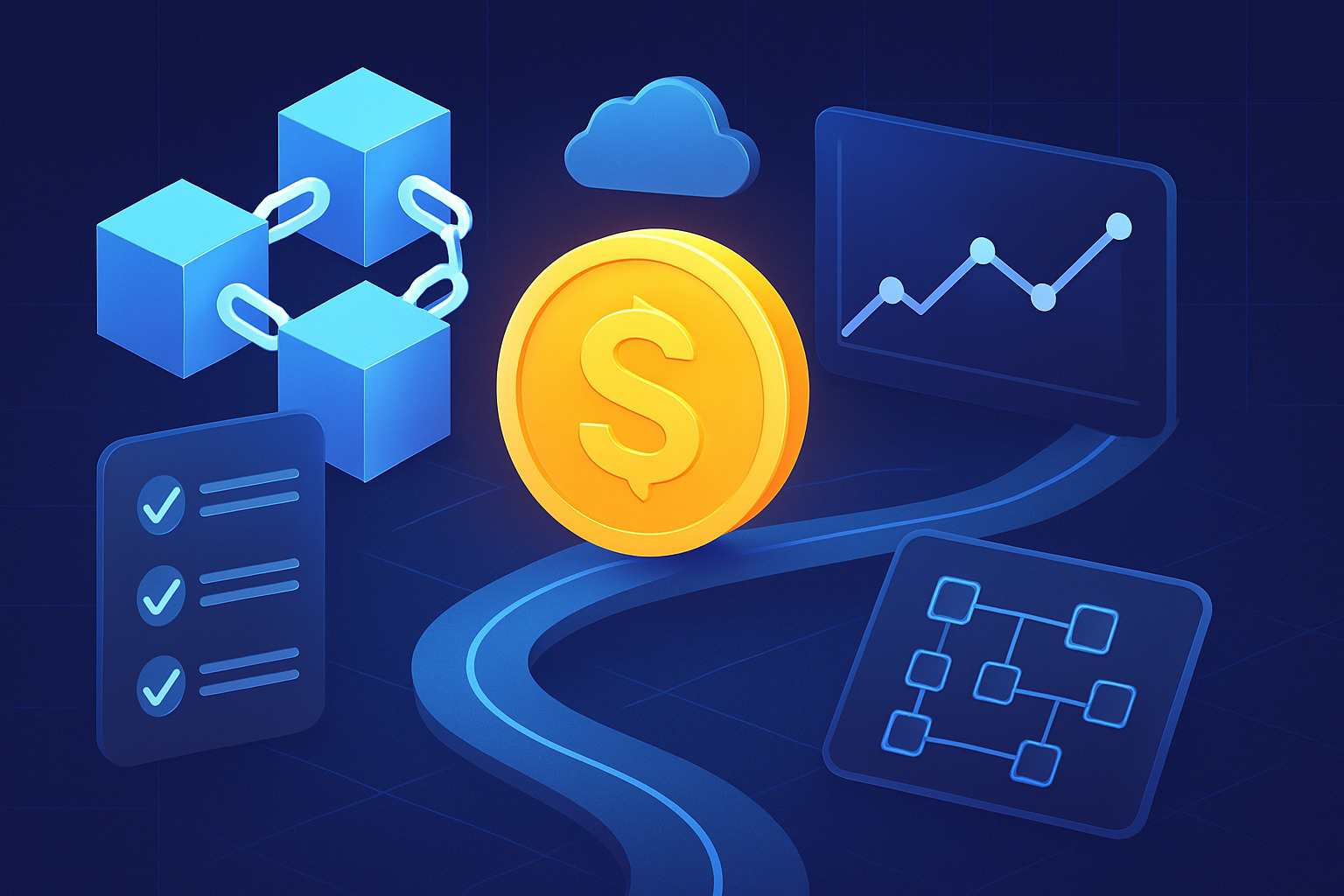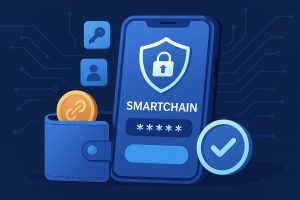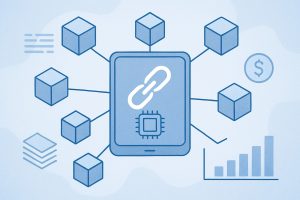
Blockchains have changed the way we think about transactions, ownership, and security. But change isn’t slowing down. SmartChain isn’t just keeping up—it’s setting the pace. While other networks focus on solving old problems, SmartChain is already building for what’s next.
The future isn’t just about faster transactions or lower fees. It’s about real-world usability, seamless integration, and automation that doesn’t need constant human intervention. That’s where SmartChain is heading. Let’s break down what’s coming.
Smarter Contracts, Not Just Smart Contracts
Most blockchains rely on smart contracts that execute commands when conditions are met. Useful? Absolutely. But still limited. SmartChain is taking it a step further by introducing adaptive contracts.
What’s Different?
- Self-learning contracts that adjust based on usage patterns
- Multi-trigger mechanisms that react to more than just one condition
- Cross-chain interoperability, so they work beyond a single network
This means fewer errors, less manual oversight, and contracts that actually “think” instead of just following rigid rules.
Built-In Compliance Without the Red Tape
One of blockchain’s biggest headaches is regulation. Governments want oversight, businesses want security, and users want freedom. SmartChain is introducing native compliance layers to bridge these gaps.
How Will It Work?
- Automated reporting for businesses that need to meet legal requirements
- Configurable privacy settings, so users can decide what data is public or private
- On-chain identity verification that doesn’t require third-party involvement
This keeps regulators happy without forcing users to give up control.
Next-Level Speed and Scalability
Every blockchain claims to be fast. But speed means nothing if the network crumbles under real-world demand. SmartChain’s roadmap includes a multi-layer processing system that prevents congestion before it starts.
Key Upgrades
- Dynamic sharding that adapts based on activity levels
- Asynchronous processing to handle multiple transactions in parallel
- Adaptive gas fees, so users don’t get stuck with high costs during peak times
This isn’t just about transactions per second. It’s about predictable, stable performance that doesn’t crash when demand spikes.
AI-Driven Security Without the Hassle
Blockchain is supposed to be secure, but hackers keep finding new ways in. SmartChain is integrating AI-powered threat detection that learns from attack patterns and adjusts in real-time.
What Makes It Different?
- Predictive monitoring that stops threats before they happen
- Automated smart contract auditing, reducing vulnerabilities before deployment
- Decentralized security governance, so updates happen without bottlenecks
No more waiting for patches. Security evolves with the network.
Seamless Real-World Integration
Most blockchains operate in isolation. SmartChain is changing that by creating direct bridges between blockchain and everyday technology.
How Will This Work?
- IoT connectivity, so smart devices can interact with the blockchain
- Plug-and-play APIs, making it easier for businesses to integrate
- Automated fiat on-ramps, removing the hassle of conversions
This means a business won’t need a blockchain expert to get started. It just works.
Decentralization Without the Chaos
Decentralization is powerful, but without direction, it can lead to decision paralysis. SmartChain’s upcoming governance model is designed to fix that.
What’s Changing?
- Weighted voting, giving more influence to active participants without centralizing control
- Quadratic funding, ensuring smaller voices still get heard
- Fast-track proposals, allowing urgent updates without months of debate
This isn’t about control—it’s about keeping the network efficient while staying truly decentralized.
Final Thoughts
SmartChain isn’t just upgrading its features—it’s redefining what a blockchain can be. Instead of minor improvements, it’s tackling the biggest challenges head-on: automation, regulation, security, and real-world usability.
This roadmap isn’t about following trends. It’s about leading them. The question isn’t whether SmartChain will be ready for the future—it’s whether other blockchains can keep up.




